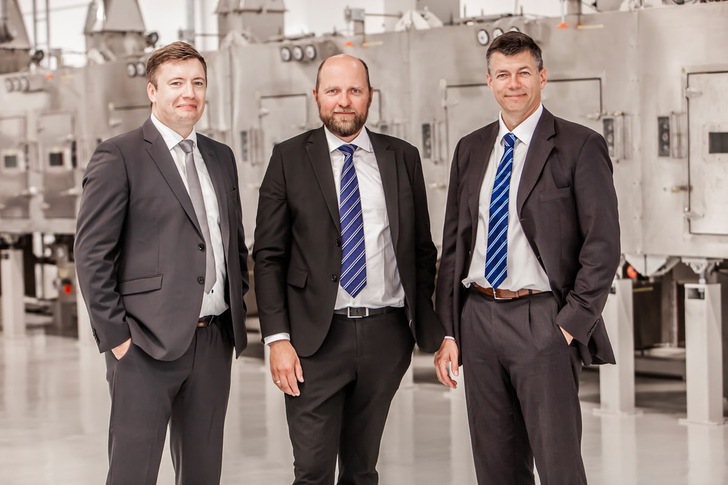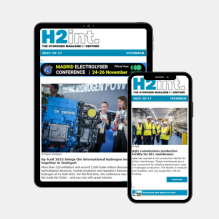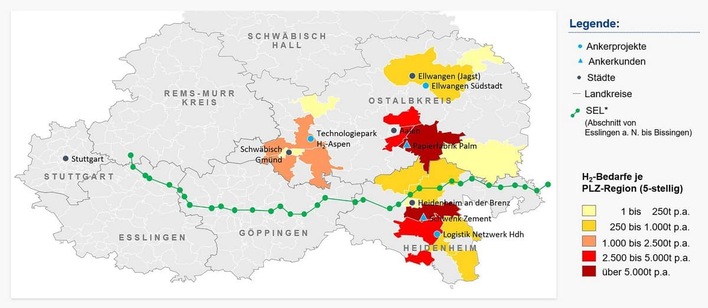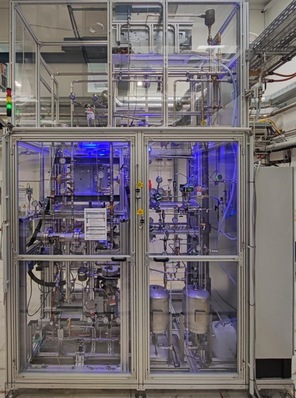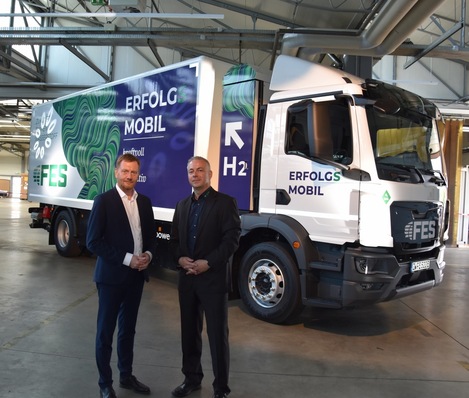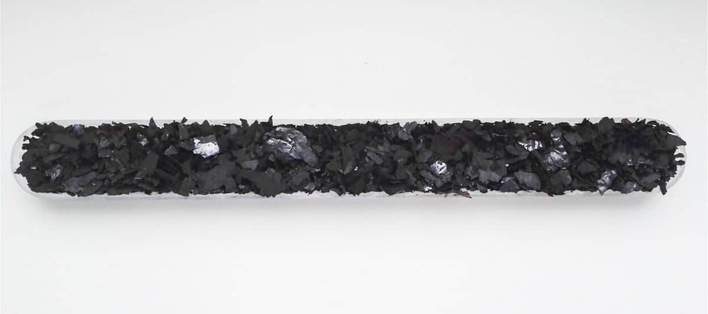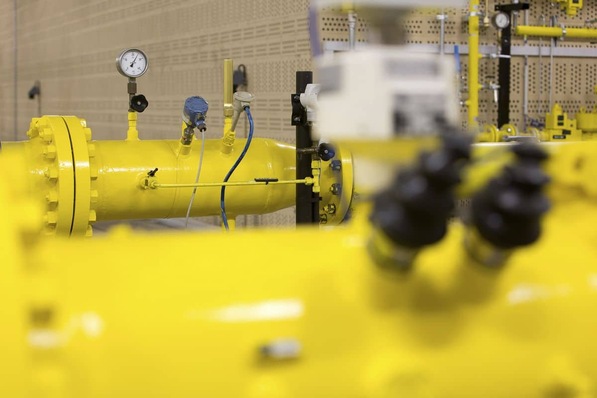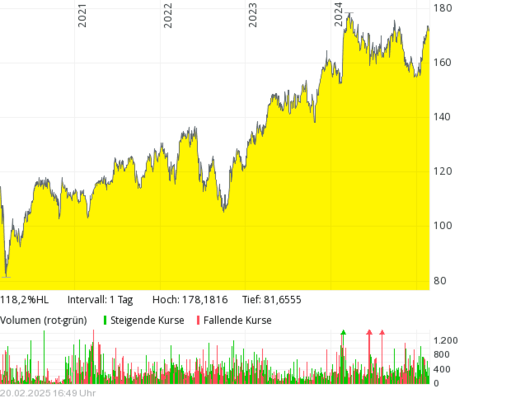Gold fever has broken out. Numerous corporations are taking over medium-sized companies or establishing joint ventures (see p. 6) – many large companies are investing millions to secure themselves a piece of the H2 pie. The world market for hydrogen is now being divided up, at least the portion that was not already snapped up in the past few months.
One example of this global competition can be found in Jänschwalde, a coal mining town in the state of Brandenburg. Mid-July, Wiesbaden-based company Hy2gen announced that is going to invest 500 million euros in production of green hydrogen and sustainable aviation fuel there. The plant is to be built by 2027 on the planned industrial park Green Areal Lausitz.
Investments are similarly being made within the state of Mecklenburg-Vorpommern. HH2E AG and the Switzerland-based MET Group jointly founded a project partnership for the development of one of the largest green hydrogen production plants in Europe. In Lubmin, 100 MW of capacity for the production of 6,000 tonnes of H2 per year is to be installed by 2025, which could be scaled up to 1 GW by 2030. Around 200 million euros is to be made available for this.
Likewise, in June, Ceres Power and Shell let it be known that together they intend to build a demonstration plant in the megawatt range in Bangalore, India based on a solid oxide electrolyzer (SOEC). The aim is to provide low-cost green hydrogen for decarbonization of the industrial sector. Fuel cell manufacturer Ceres has set aside 100 million pounds for development of its SOEC technology – with the goal of achieving a market-leading levelized cost of hydrogen of 1.5 USD per kg by 2025.
At the beginning of the year, Voss Fluid acquired the Austrian company HypTec GmbH. Through this acquisition, the manufacturer of pipe connection systems has secured its access to high-pressure components for H2 applications. HypTec, founded in 2010, has valve technology that is small and lightweight though resilient to high pressures – important prerequisites for the upscaling of H2 components.
Already in January 2022, Fortescue Future Industries and Covestro had concluded a long-term supply agreement for green hydrogen. It involves up to 100,000 tonnes in green hydrogen equivalents per year, which could, for example, be transported as ammonia from Australia to Europe starting 2024. FFI wants the green hydrogen production to rise to 15 million tonnes annually by 2030.


